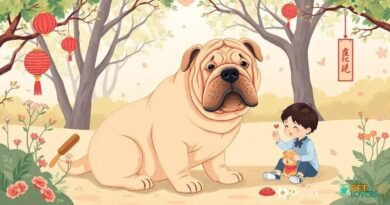What is Xilogravura
What is Xilogravura?
Xilogravura, also known as woodcut printing, is a traditional printmaking technique that involves carving an image into the surface of a wooden block. This art form dates back to ancient times and has been used across various cultures to produce illustrations, textiles, and fine art. The process begins with an artist sketching a design onto the wood, followed by the careful removal of wood around the image, leaving the design raised. This raised surface is then inked and pressed onto paper or fabric to create a print.
The History of Xilogravura
The history of xilogravura is rich and varied, with its origins traced back to Asia, particularly in China, where it was used for printing texts and images as early as the 9th century. The technique spread to Japan, where it evolved into a distinct art form known as ukiyo-e, characterized by its vibrant colors and intricate designs. In Europe, xilogravura gained popularity during the Renaissance, allowing artists to reproduce their works and reach a broader audience. This historical significance highlights the enduring appeal and cultural impact of xilogravura.
Materials Used in Xilogravura
Creating xilogravura requires specific materials that contribute to the quality of the final print. The primary material is the wooden block, traditionally made from softwoods like cherry or pine, which are easier to carve. Artists also use specialized tools called gouges and knives to achieve precise cuts. Inks used for xilogravura are typically oil-based or water-based, depending on the desired finish. Finally, high-quality paper is essential for capturing the details and textures of the print, with many artists opting for handmade or specialty papers.
The Process of Creating Xilogravura
The process of creating xilogravura is both meticulous and rewarding. It begins with the artist sketching a design on paper, which is then transferred to the wooden block. Using carving tools, the artist removes the wood surrounding the design, taking care to create depth and texture. Once the carving is complete, the block is inked using a brayer, ensuring an even application of ink. The block is then pressed onto paper, either by hand or using a printing press, resulting in a unique print that showcases the artist’s skill and creativity.
Techniques in Xilogravura
There are several techniques within xilogravura that artists can explore to create different effects. One popular method is the reduction print, where the artist carves away layers of the block for each color applied, allowing for intricate multi-colored prints. Another technique is the use of multiple blocks, each carved for a specific color, which are printed in succession to achieve a layered effect. These techniques showcase the versatility of xilogravura and the endless possibilities for artistic expression.
The Role of Xilogravura in Contemporary Art
In contemporary art, xilogravura continues to thrive as artists experiment with traditional methods while incorporating modern themes and techniques. Many contemporary artists use xilogravura to address social issues, cultural identity, and personal narratives, bridging the gap between past and present. This revival of interest in xilogravura reflects a broader trend of artists seeking to connect with historical practices while pushing the boundaries of their craft.
Famous Xilogravura Artists
Throughout history, several artists have made significant contributions to the field of xilogravura. One notable figure is Katsushika Hokusai, a Japanese ukiyo-e master known for his iconic landscapes and depictions of everyday life. In the Western world, artists like Albrecht Dürer and Francisco Goya utilized xilogravura to create powerful imagery that resonated with their audiences. These artists not only advanced the technique but also inspired future generations to explore the potential of xilogravura in their own work.
Xilogravura in Education
Xilogravura is often taught in art schools and workshops, providing students with hands-on experience in printmaking techniques. Learning xilogravura allows students to develop their artistic skills while gaining an appreciation for the history and cultural significance of the medium. Many educators emphasize the importance of craftsmanship and the connection between the artist and their materials, fostering a deeper understanding of the art form.
Preserving the Art of Xilogravura
As with many traditional art forms, preserving the techniques and knowledge of xilogravura is essential for future generations. Various organizations and artists are dedicated to keeping this art alive through workshops, exhibitions, and publications. By sharing their expertise and passion for xilogravura, they ensure that this beautiful and intricate technique continues to inspire and engage audiences around the world.




